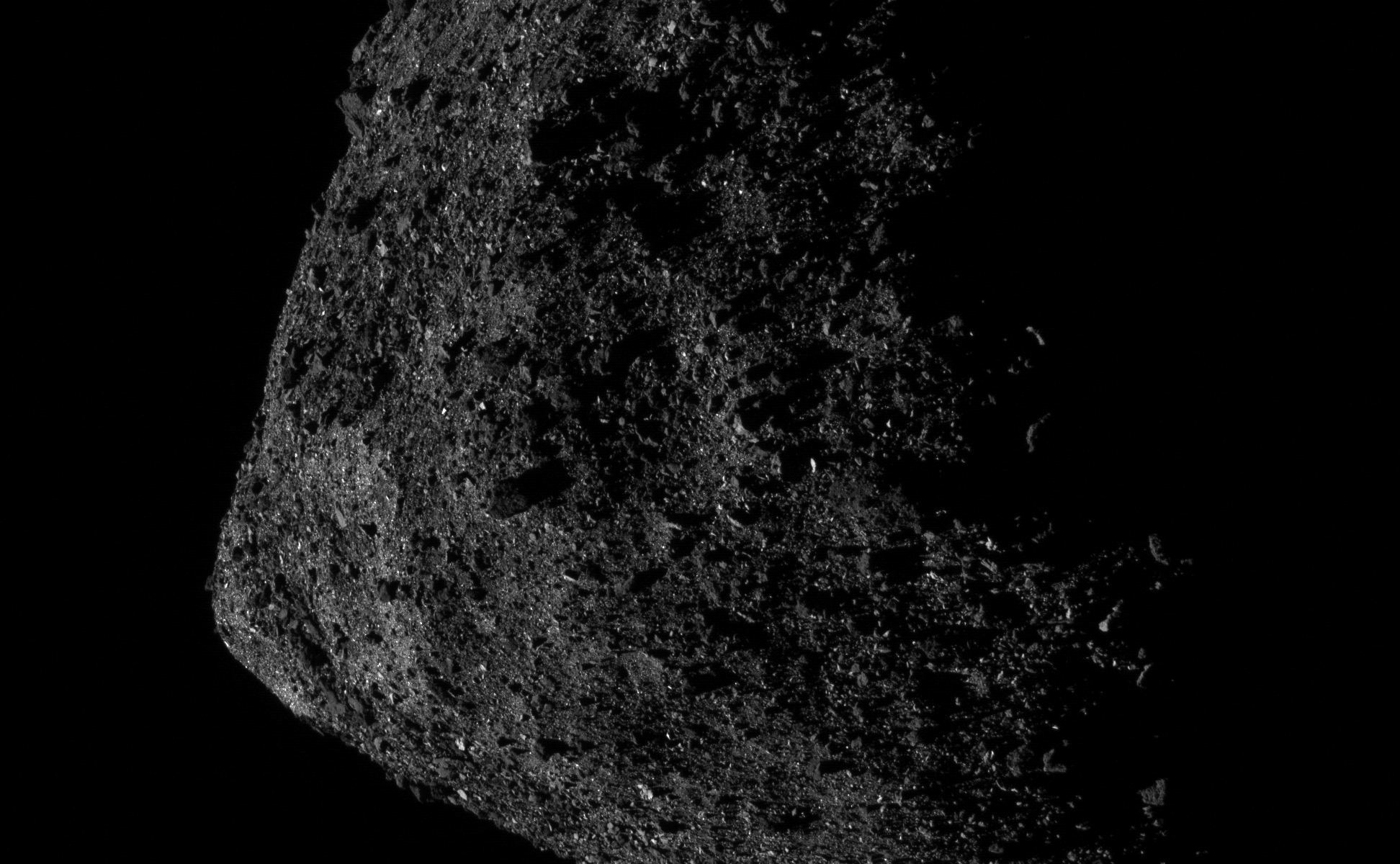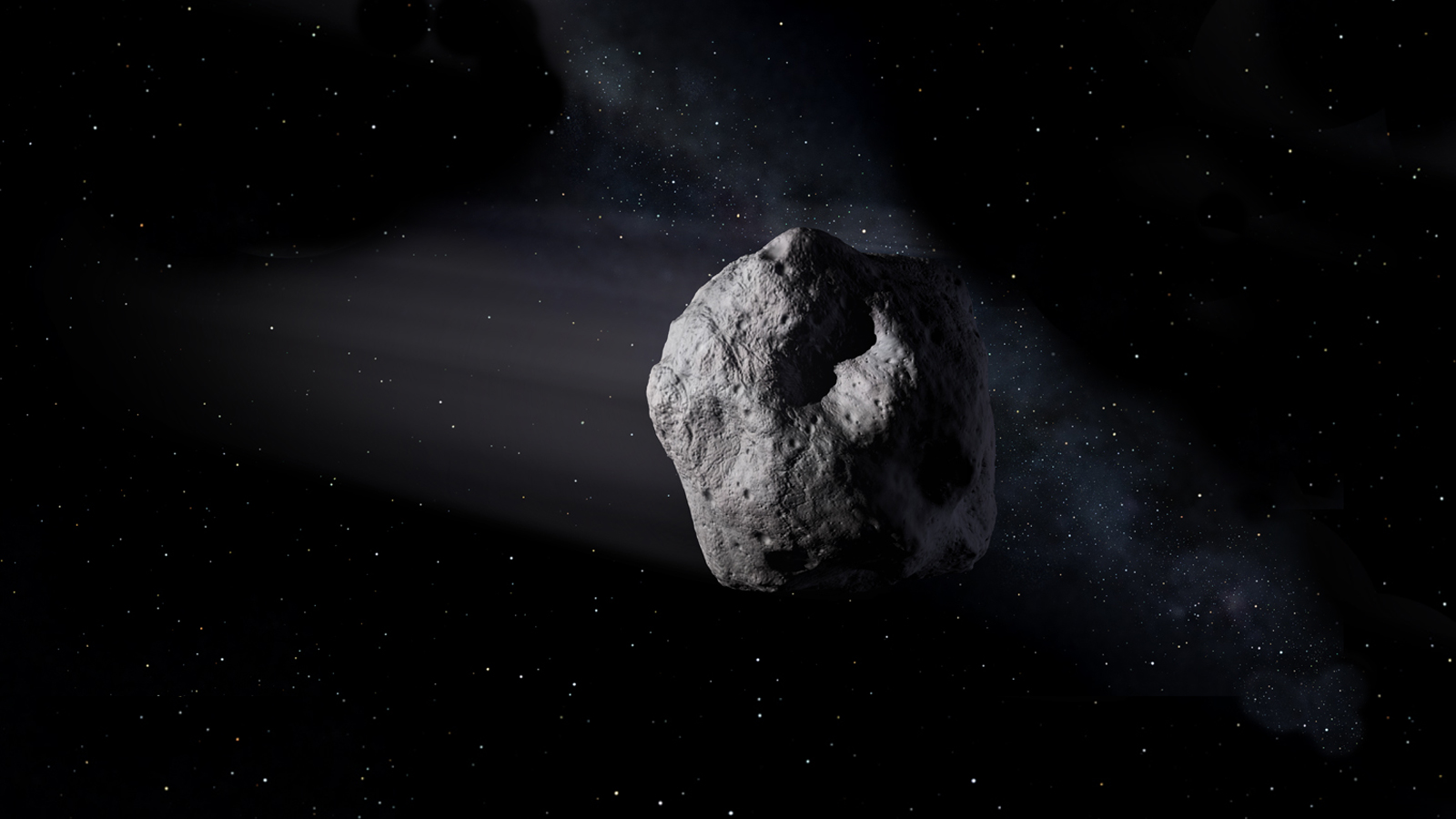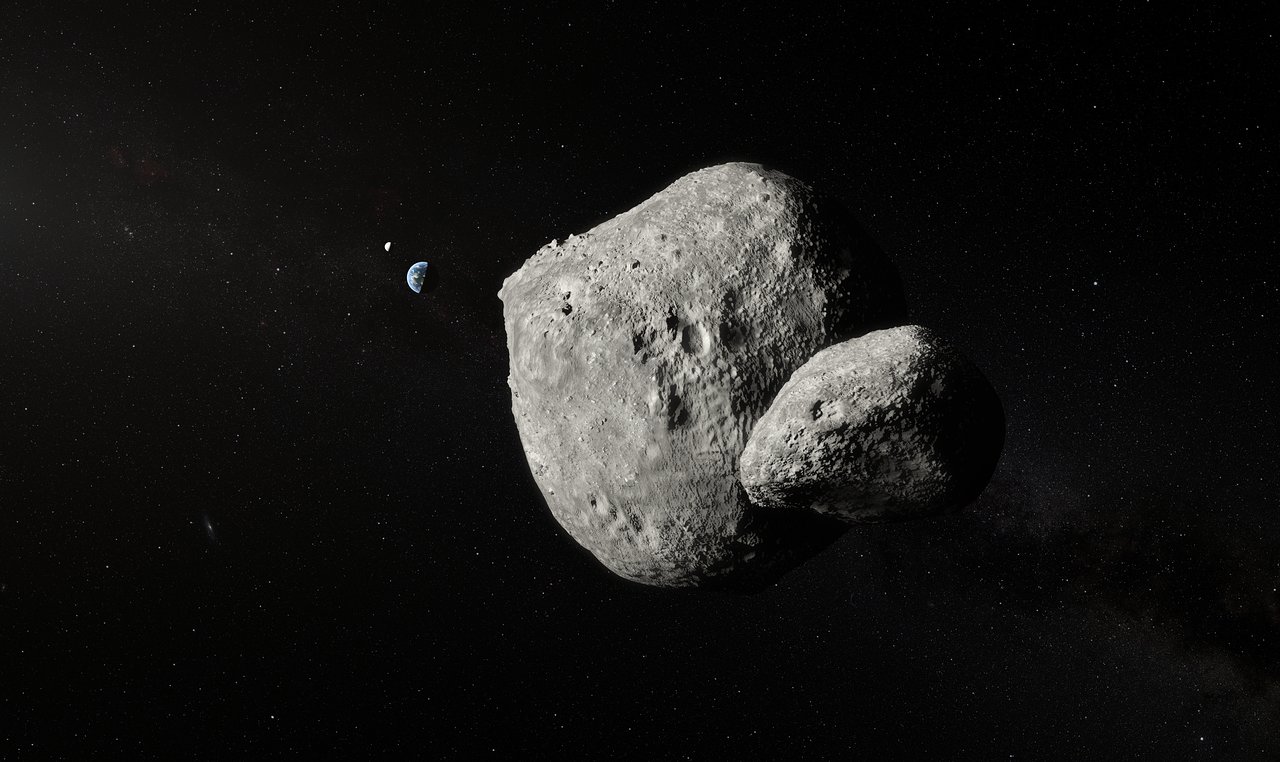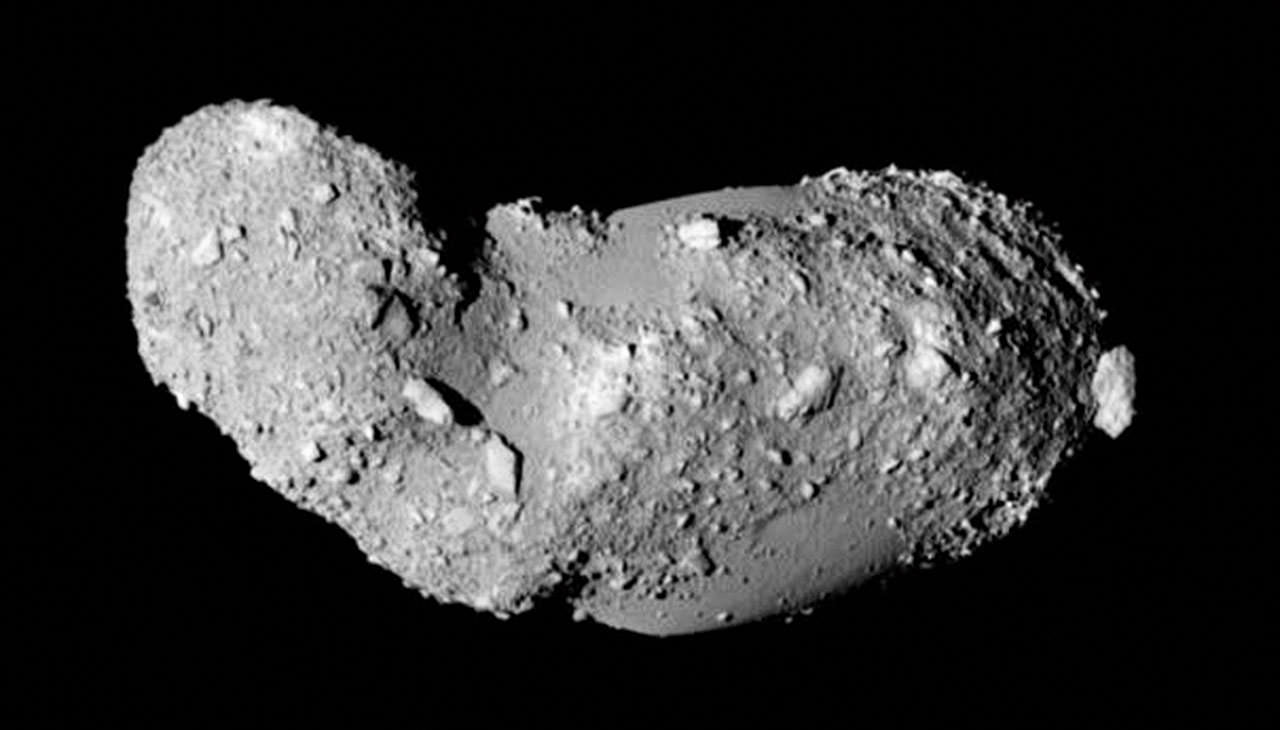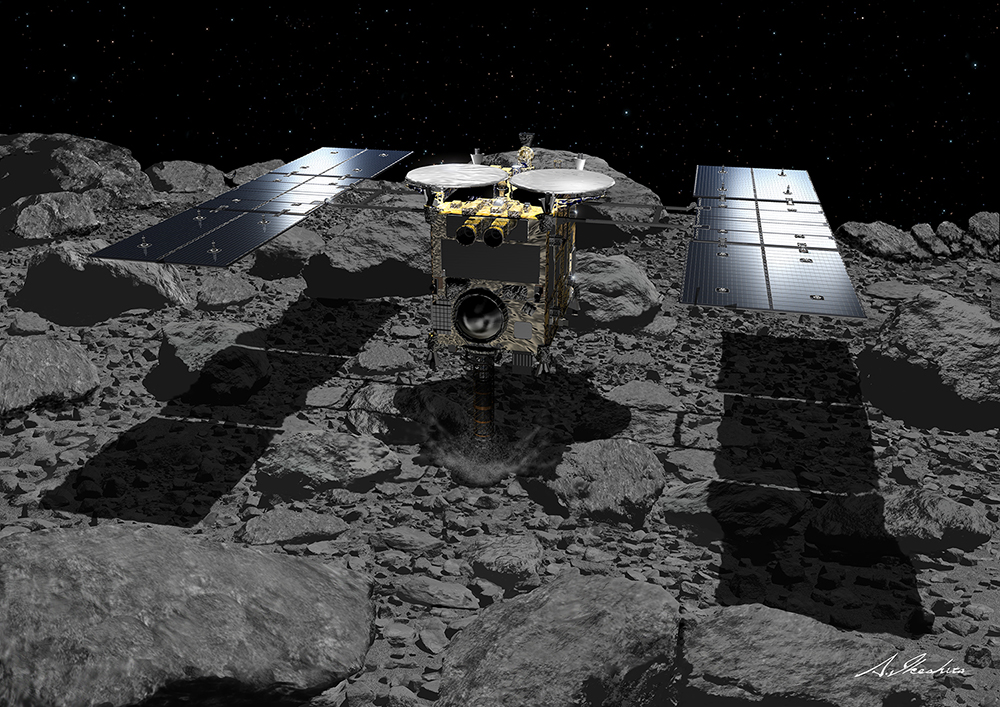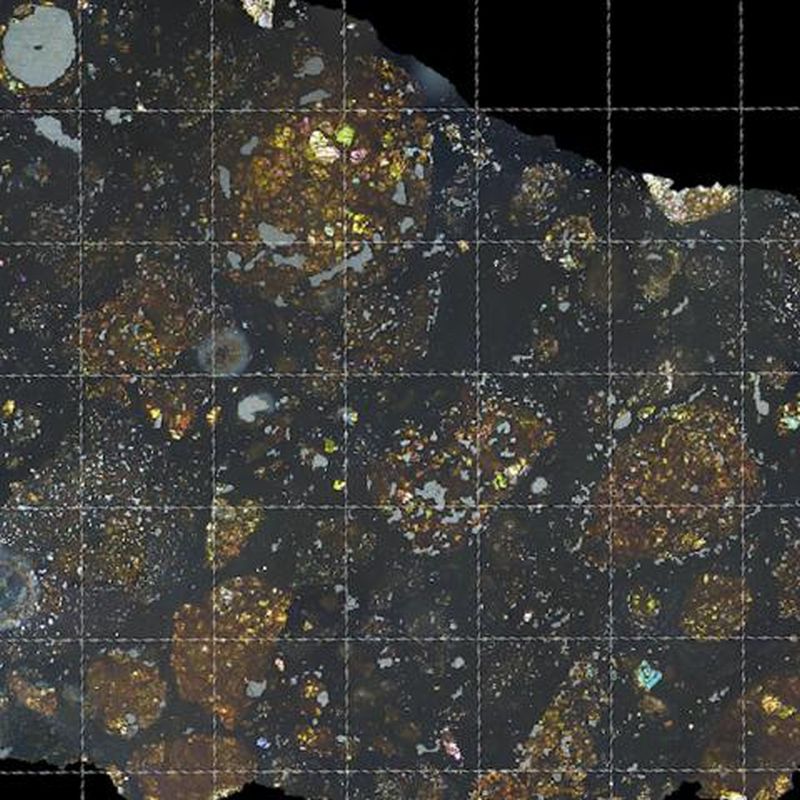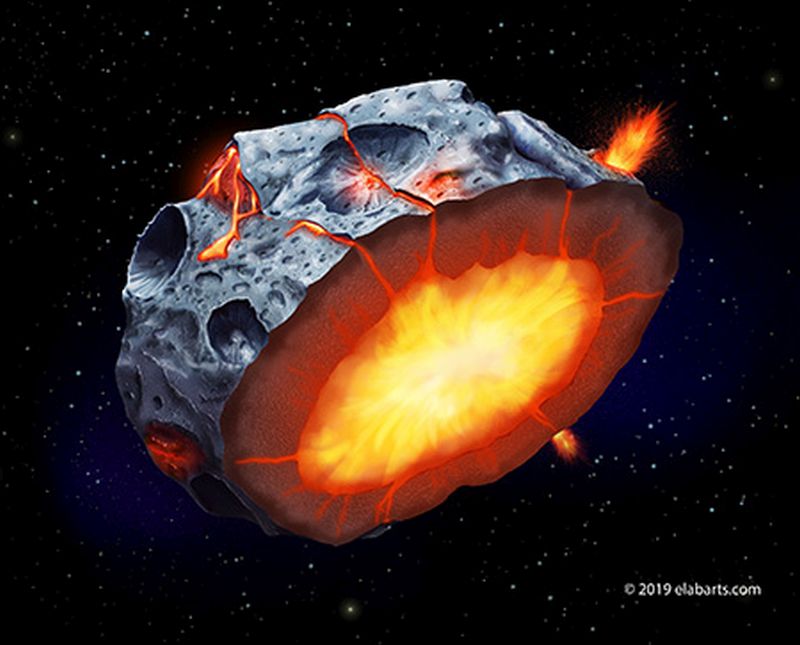On May 25th, 2019, a strange, double-asteroid (1999 KW4) flew past Earth at a distance and speed that is likely to make a lot of people nervous. As always, there was no danger, since the asteroid passed Earth at a minimum distance of 5.2 million km (3.23 million mi), over 15 times greater than the distance between Earth of the Moon, and its orbit is well-understood by scientists.
Because of this, flyby was the perfect opportunity for the International Asteroid Warning Network (IAWN) to conduct a cross-organizational observing campaign of the asteroid 1999 KW4 as it flew by Earth. The European Southern Observatory (ESO) took part in this campaign and managed to capture some images of the object using the Very Large Telescope (VLT).
Continue reading “A double asteroid came uncomfortably close this weekend. Here’s what astronomers saw”
